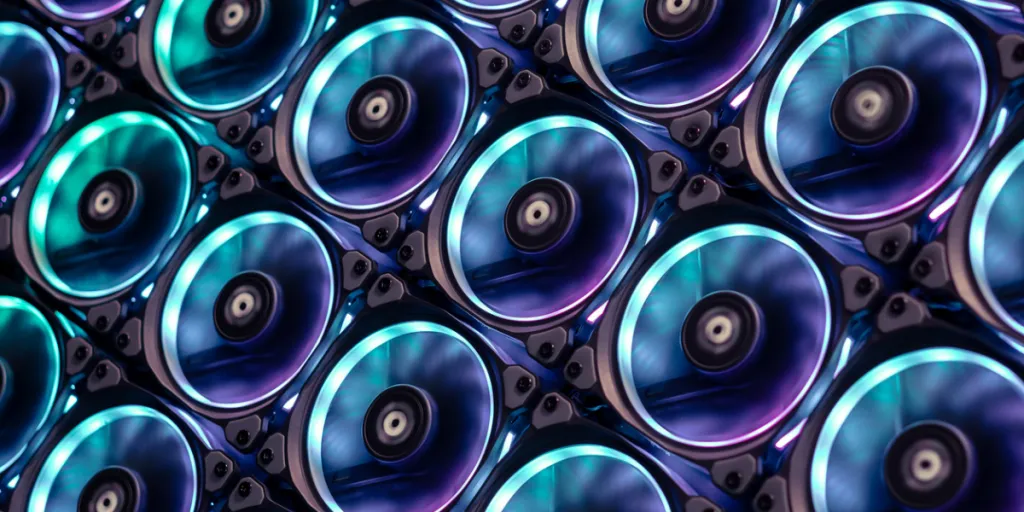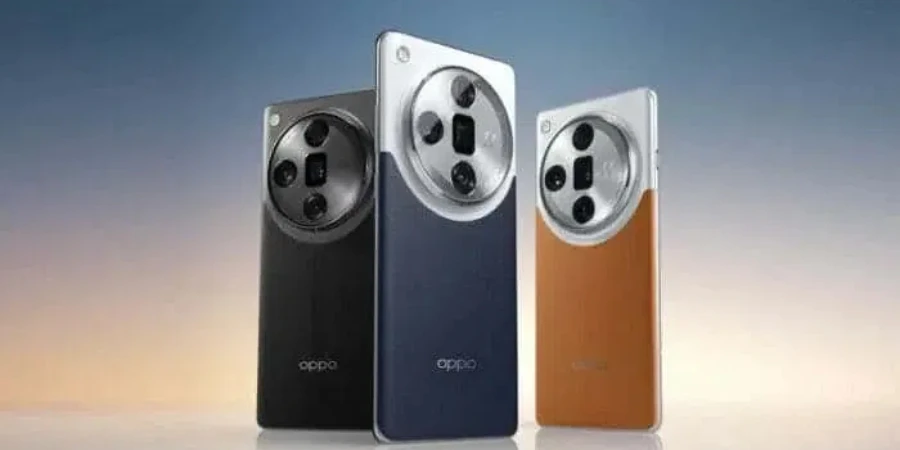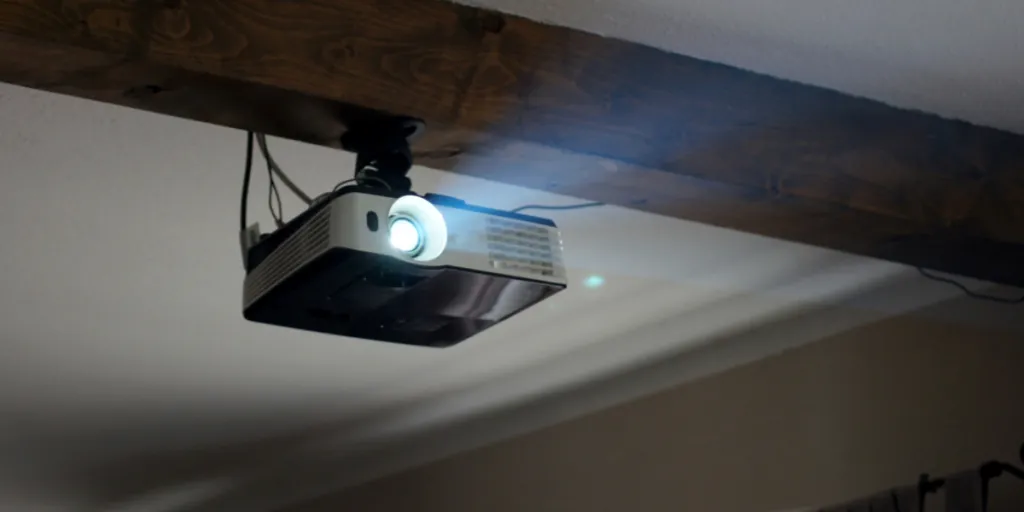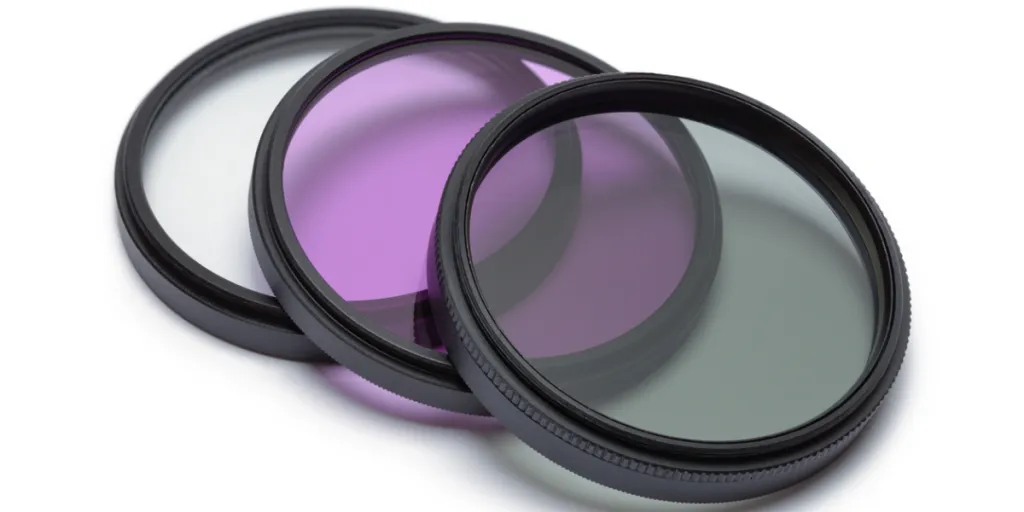In the ever-evolving world of computer hardware, the computer’s central processing unit (CPU) reigns supreme. This tiny silicon chip acts as the brain of the system, orchestrating every task and calculation. However, like any high-performance engine, the CPU generates significant heat. This heat, if left unchecked, can lead to throttling, performance degradation, and even permanent damage. Therefore, CPUs require coolers, which dissipate this heat and allow them to perform as designed.
Here, we’ll cover the different types of CPU coolers available and which is right for your business needs.
Table of Contents
The fundamentals of CPU coolers
Two types of CPU coolers
Matching coolers to a customer’s needs
Conclusion
The fundamentals of CPU coolers
Demand for CPU coolers is expected to rise steadily in the coming years, driven by several factors. First, the global adoption of personal computers, workstations, and server computers is on the rise. This increased demand for hardware fuels the need for effective CPU cooling solutions. Second, the growing trend of big data and automation services also contributes to market growth. These computationally intensive applications require powerful CPUs, which in turn necessitate efficient cooling systems. As a result of these factors, the CPU cooler market is projected to experience a compound annual growth rate (CAGR) of 3.81%, reaching a market size of USD 2,092 million by 2025. This represents a significant increase from the market size of USD 1,672 million in 2019.
Whether the user is aiming for impressive CPU overclocks or just looking to build a PC that’s silent under load, careful selection of a CPU cooler is crucial. The best CPU cooler for a build will make a major difference in the system’s temperatures and fan noise. In high-end systems, it enables extended operation at peak CPU frequencies, leading to noticeable performance gains.
Two types of CPU coolers
Google Ads data shows a 10% increase in monthly searches for “CPU Cooler” compared to last year, with an average of 110,000 searches per month. In the last six months of last year, search volume peaked during the Black Friday shopping frenzy.
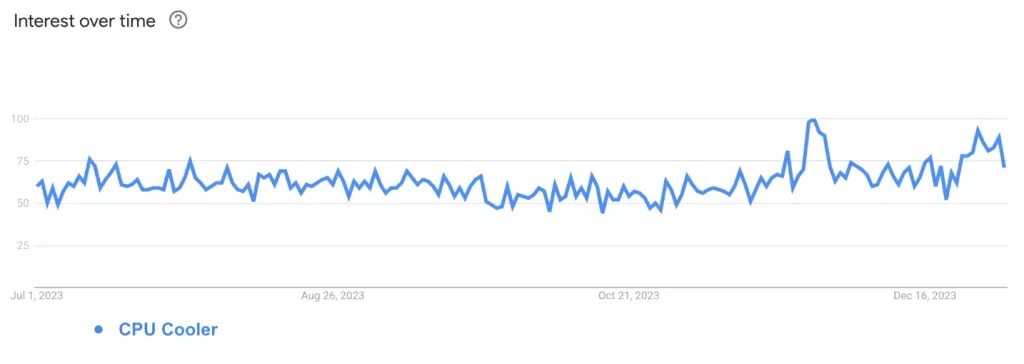
While air coolers remain a reliable option, there was also a surge in interest in liquid coolers last year, suggesting a growing preference for their efficient cooling capabilities.
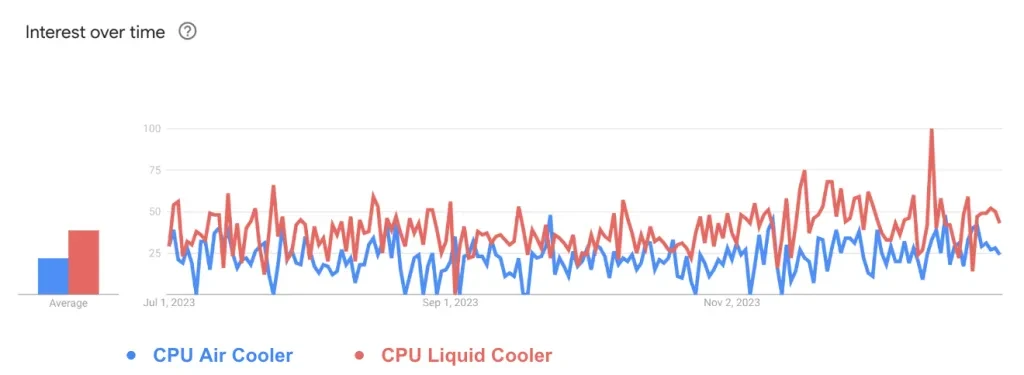
Air coolers
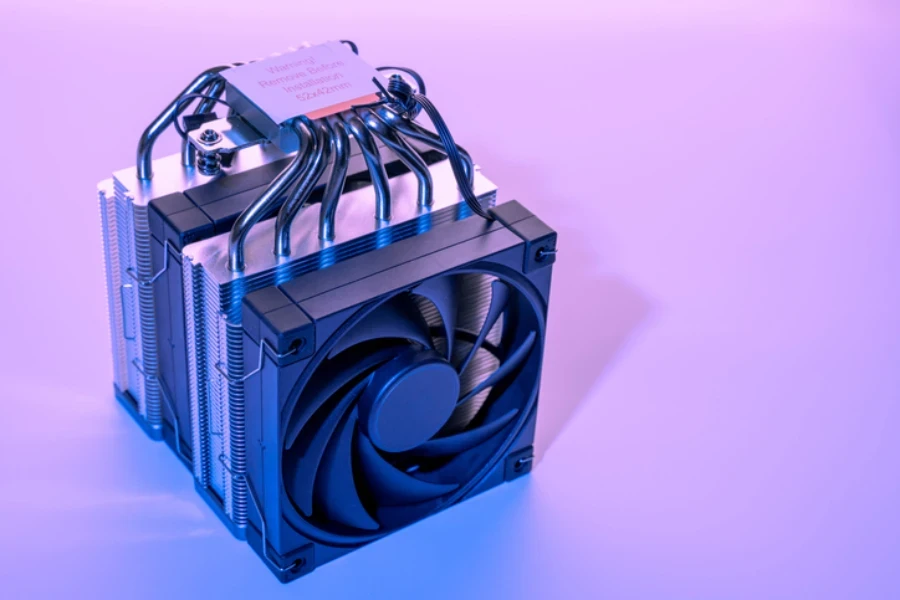
Air coolers consist of a heatsink, which is a metal structure with fins that increase the surface area for heat dissipation, and one or more fans. The heatsink is typically made of materials with high thermal conductivity, such as aluminum or copper. The fan or fans attached to the heatsink help to move air through the fins, facilitating the transfer of heat away from the CPU.
Pros:
- Cost-effective: Air coolers are generally more cost-effective than liquid coolers with similar cooling performance
- Reliable: Air coolers have fewer components and are less prone to failure, making them more reliable in the long run
- Easy to maintain: Air coolers are low maintenance and do not require refilling or monitoring coolant levels
Cons:
- Bulkier: High-performance air coolers can be bulky and may interfere with RAM modules or obstruct access to other components on the motherboard
- Aesthetics: Some users find large air coolers less aesthetically pleasing compared to the sleeker design of liquid cooling systems
- Limited cooling in extreme cases: In extreme overclocking scenarios, where significant heat dissipation is required, high-end liquid coolers may outperform air coolers
Liquid coolers
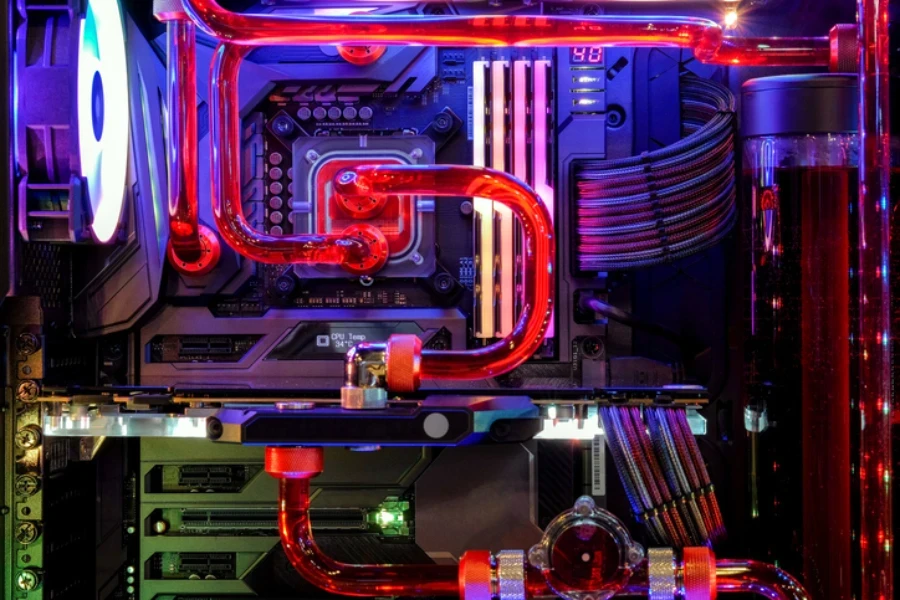
Liquid cooling systems use a closed-loop system that circulates a coolant or liquid through a series of tubes and a CPU block. The CPU block, which is in direct contact with the CPU, absorbs the heat. The heated liquid then flows through the tubes to a radiator, where fans dissipate the heat. Liquid cooling systems are often more effective in dissipating heat compared to air coolers, especially in extreme overclocking scenarios.
Pros:
- Efficient cooling: Liquid coolers often provide more efficient heat dissipation, making them suitable for high-performance systems and extreme overclocking
- Aesthetics: Liquid coolers can have a sleek and modern design, enhancing the overall aesthetics of the system
- Flexibility: Liquid cooling systems can be more flexible in terms of component placement, allowing for creative and compact builds
Cons:
- Cost: Liquid coolers are generally more expensive than air coolers with similar cooling capabilities
- Complexity: Liquid cooling systems are more complex, with additional components such as pumps, tubing, and radiators. This complexity can increase the risk of failure, although modern closed-loop systems are designed to minimize this risk.
- Maintenance: While modern closed-loop liquid coolers are designed to be maintenance-free, custom liquid cooling setups may require periodic maintenance such as refilling coolant
What customers look for when choosing between air and liquid coolers
Liquid coolers are preferred among consumers with high-end systems due to their superior performance in extreme conditions such as heavy overclocking, whereas air coolers are used in almost any other scenario due to their relative low cost and comparable cooling performance.
Matching coolers to a customer’s needs
When choosing a cooler, there are several factors that a customer is likely looking for:
Compatibility:
- Customers look for coolers that are compatible with their CPU socket. Different CPUs use different socket types (e.g., LGA1200, AM4), so it’s a good idea to check which CPU socket types are popular when deciding which coolers to offer.
- They also want a cooler that can fit in their computer cases without interfering with other components like RAM modules. Make sure that the dimensions of the cooler can fit the majority of current PC builds.
Cooling performance:
- For customers that want overclocking capabilities for higher performance, offer coolers with stronger cooling performance. Providing benchmarks and reviews to show how well the cooler handles heat dissipation can appeal to a broader range of customers.
Noise levels:
- Some customers may specifically want systems that operate at a lower noise level (measured in decibels (dB))
Build quality and materials:
- Build quality and material used are also major factors among consumers. High-quality materials, such as copper or aluminum, contribute to better heat conductivity and dissipation.
Ease of installation:
- Consider how easy the cooler is to install. Some coolers come with user-friendly mounting systems and clear instructions, providing a preferable customer experience and reducing the risk of getting bad reviews or returns.
Aesthetics:
- Computer enthusiasts with transparent cases look for good aesthetics in coolers. Offer varieties that will complement the overall look of a system, like those with RGB lighting or other design features.
Conclusion
Different customers are looking for different elements in a CPU cooler. Understanding how your target customers are and what they want will help you to offer the right coolers and boost your chances of profitability.
No matter what type of CPU coolers you’re looking for, you are bound to find among the thousands of options on Alibaba.com.
